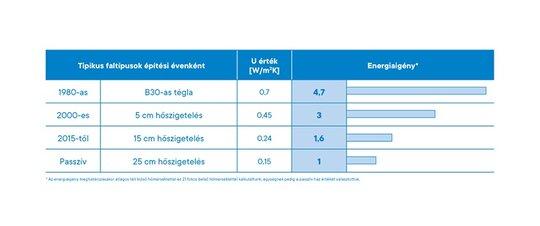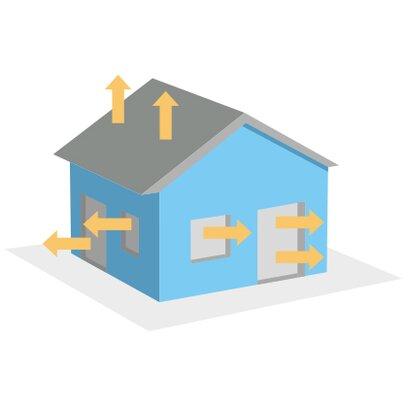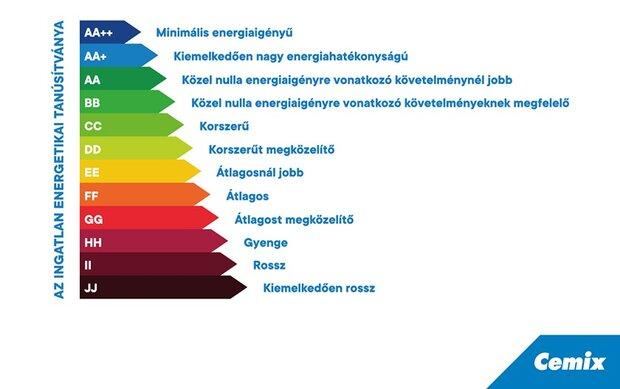Where does heat escape?
The extent of heat loss is primarily determined by the thermal transmittance of the structural elements and the materials used in the insulation system. This depends, among other factors, on the materials and thickness of the walls and individual elements, the number of plaster layers, the quality of the insulation, and the method of installation.
Starting from November 1, 2024, a new system for classifying the energy efficiency of buildings and structures with a usable area of over 200 m² came into effect in Uzbekistan. According to the Cabinet of Ministers’ decree dated October 19, 2024, buildings are assigned energy efficiency categories from A to G, where A is the highest category and G is the lowest.
How is the energy efficiency category determined?
The energy efficiency category is determined by the deviation of actual energy consumption from the standard. The energy efficiency index represents the difference between actual and standard consumption. Depending on the size of this deviation, the corresponding category is assigned:
-
A: deviation of -40% or more
-
B: from -40% to -26%
-
C: from -25% to -11%
-
D: from -10% to +4% (normal consumption)
-
E: from +5% to +14%
-
F: from +15% to +25%
-
G: deviation of +25% or more
Buildings and structures in categories D and below must comply with the established energy efficiency standards, except for private houses.
In Uzbekistan, new buildings must be energy-efficient: they should meet categories from A to G, have insulated façades and roofs, mandatory heating and hot water systems with metering devices, and also utilize renewable energy sources such as solar panels, solar collectors, and heat pumps. Energy consumption is monitored through digital platforms.
For walls enclosing heated spaces, the heat transfer coefficient (U-value) must not exceed 0.24 W/m²·K. The method of achieving this value is not regulated; for different types and sizes of walls, calculations determine the required type and thickness of insulation, taking into account the developer’s requirements. Selection of a suitable insulation system can be done using the calculator on the CEMIX Uzbekistan website. All requirements are established in Law No. ZRU-940 “On Energy Efficiency” (2024) and in the reform plans.
The table below shows the relationship between the thermal transmittance (U-value) of different wall structures and the energy demand of a building. Four wall types are compared: an uninsulated wall built from B30 bricks, popular in the 1980s; a version with a 5 cm insulation layer applied according to 2000s regulations; the same wall with a 15 cm insulation layer, required from 2015 onward; and a wall with a 25 cm insulation layer, meeting current standards for passive houses. Energy demand was calculated using an average winter outdoor temperature and an indoor temperature of 21°C, with the passive house value chosen as the reference unit.


